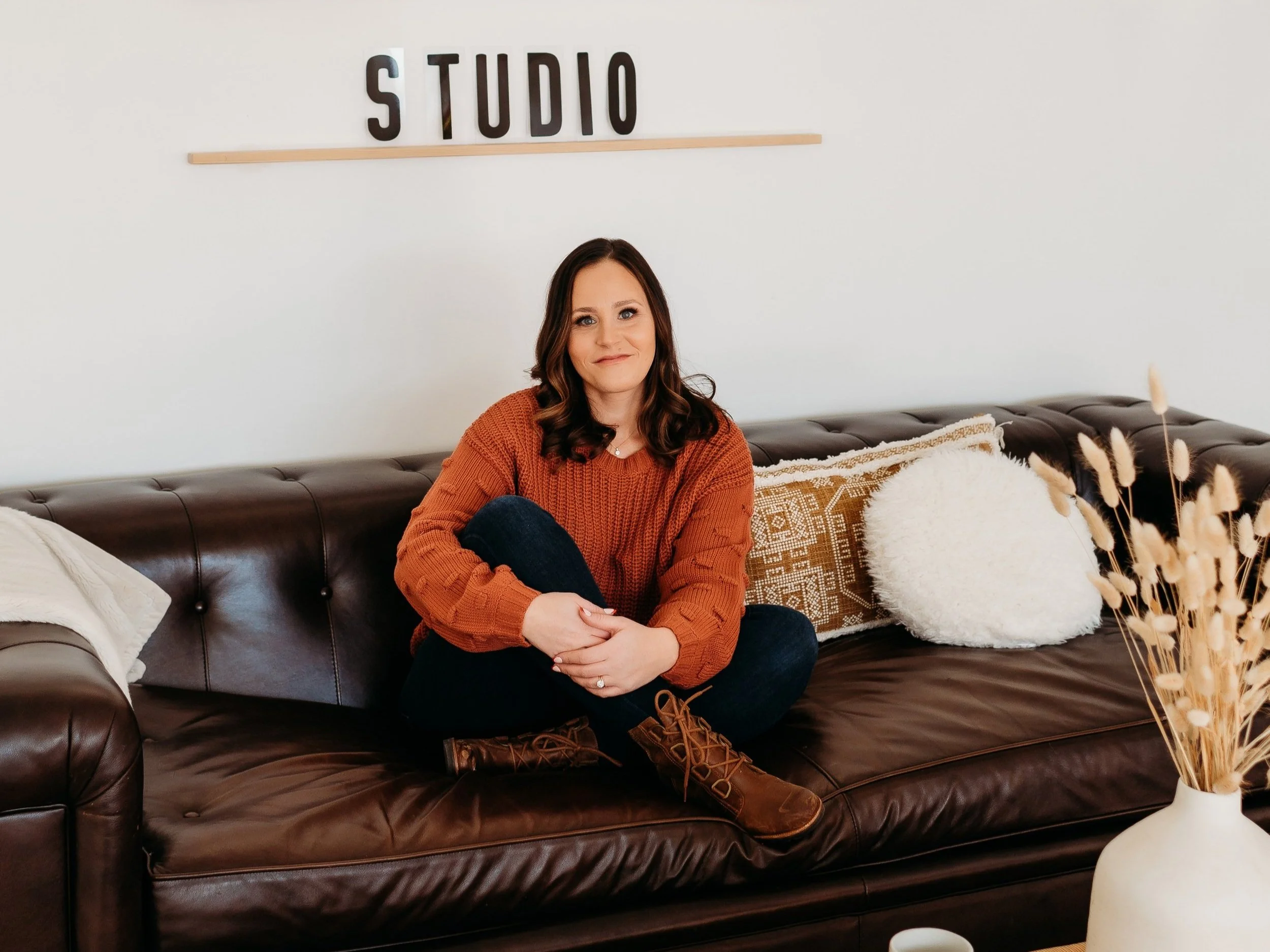What No One Tells You About Going Full-Time With Photography
After I had my third baby, I found myself completely burnt out from working in healthcare. I was a full-time nurse, juggling shift work and motherhood, and deep down I knew I wanted something different. Photography had always been my creative outlet, my side hustle, but I couldn’t shake the dream of turning it into something more.
It wasn’t an overnight leap. It took years of building my skills, gaining client trust, and, let’s be real, working up the courage to finally go all in.
And while I don’t regret it for a second, I’ll be honest: going full-time with photography isn’t all golden hour and dream clients. The second it becomes your full-time job, the pressure shifts. You’re not just creating for fun anymore. You’re building a business. You’re paying bills with your camera. And no one really talks about how hard that can feel—mentally, emotionally, and creatively.
So here’s what I wish someone had told me before I made the jump.
1. You never really “clock out”
When you work for someone else, your workday ends when you leave the building. When you work for yourself, the lines blur real fast.
I can’t tell you how many nights I’ve been in bed, phone in hand, replying to a DM from a potential client at 10:07 PM. Or brainstorming my next mini session idea during dinner. Or making a mental to-do list while brushing my teeth.
Your brain is always on. There’s no off switch when it’s your business. You’re constantly thinking about marketing, inquiries, editing, finances, your next launch, your content plan, client galleries, reviews, taxes... it’s never-ending.
And while yes, the flexibility is amazing, it’s also easy to burn out if you don’t set boundaries and routines to protect your brain and your time.
2. There’s pressure when your income depends on it
Let’s be honest. When photography is just a hobby, it’s fun. If you don’t book a session one month, no big deal. But when it’s your job? When it’s your mortgage, groceries, daycare, and Target runs on the line? That’s a different story.
Being a small business owner isn’t for the faint of heart. There are seasons when bookings feel effortless and seasons where you’re refreshing your inbox every hour hoping for an inquiry to come through. I’ve had sleepless nights worrying about how I’ll fill my calendar in January. Or wondering if I made the right call by saying no to a shoot that didn’t align.
This work is personal. It’s emotional. And it’s a rollercoaster.
3. You’ll spend more time on the computer than behind the camera
Most people think photography is all golden hour magic and clicking the shutter. The truth? Maybe 10% of your time is actually spent shooting.
The other 90%?
Editing
Admin
Emails
Invoicing
Prepping galleries
Writing social posts
Planning marketing
Booking logistics
Setting up CRMs
Responding to every single question
And yes, it’s all important. But it can feel overwhelming if you’re not prepared for how much of the job is behind the scenes.
4. "Fully booked" is a made-up term and it looks different for everyone
Don’t let Instagram fool you. Just because someone says they’re fully booked doesn’t mean they’re doing more than you. And it doesn’t mean they’re more successful.
Some photographers are fully booked with one session a week because that’s what works for their family and income needs. Others thrive on 10 sessions a week. Both are valid. Both are real. You define your version of full.
Going full-time doesn’t mean doing the most. It means doing what’s sustainable and profitable for you.
Final Thoughts
Going full-time with photography is incredible. It gives you freedom, flexibility, and fulfillment. But it also comes with pressure, unpredictability, and a serious need for structure.
You will doubt yourself. You’ll have slow seasons. You’ll worry if you’re doing it right. That doesn’t mean you’re failing. It means you’re growing.
So if you’re standing at the edge, wondering if you should take the leap, here’s my honest advice:
Build systems. Know your numbers. Make a plan. And go for it with open eyes and a backup coffee stash.
You’ve got this. And when it’s hard? You’re not alone.

